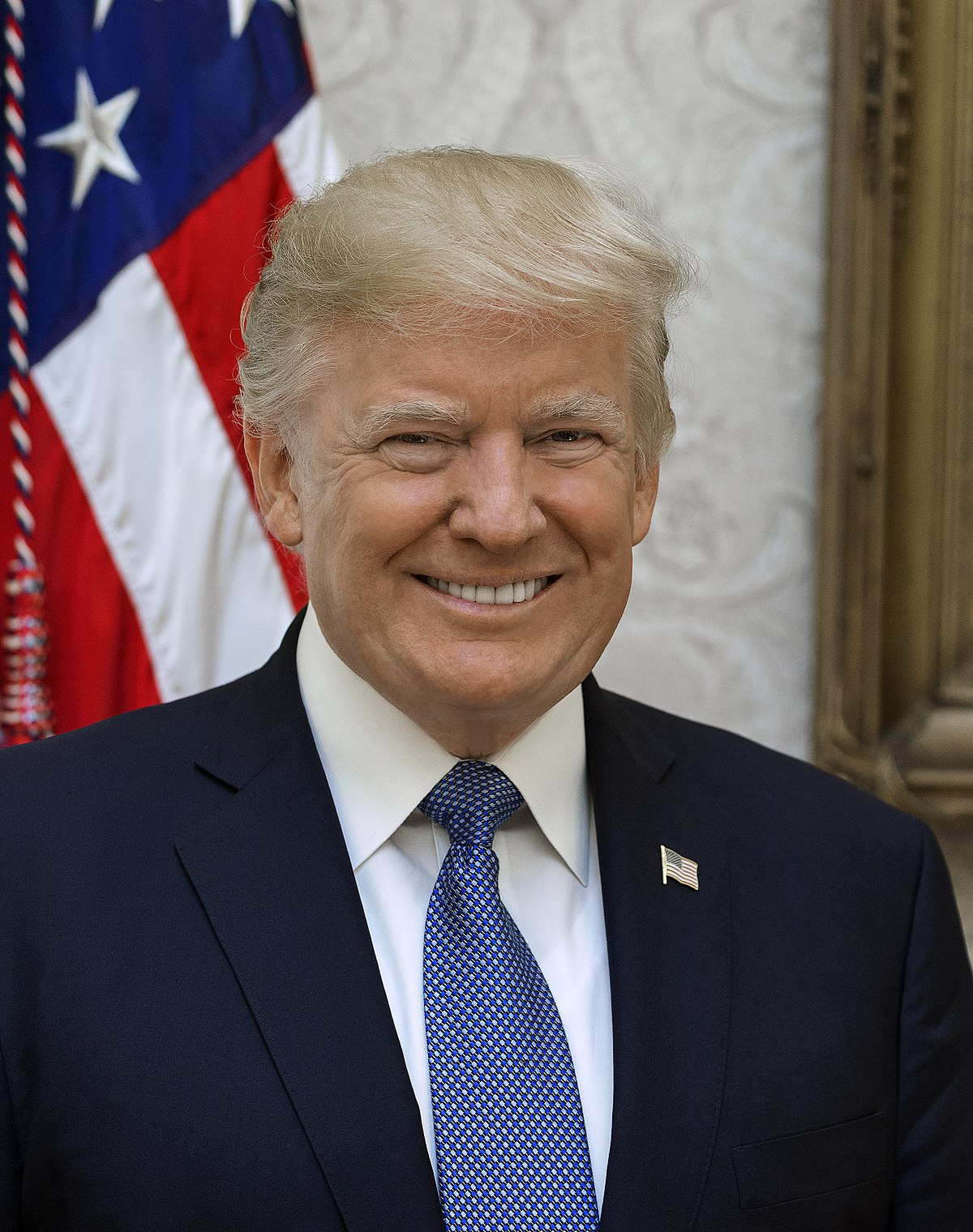On March 23, President Trump signed the latest omnibus spending bill created and sent to him by Congress. The bill is expected to be among the final major pieces of legislation to pass Congress before the fall midterm elections. It costs $1.3 trillion and is 2,232 pages long.
It includes actions that will increase spending and give more funding to several key institutions. This includes $380 million for election security grants, funding that can be used for the Gateway project, which aims to bolster railway infrastructure between New York and New Jersey and $4 billion to help combat the opioid crisis.
It also includes an increase in Child Care and Development Block Grants, an increase in the daily pay for federal jury duty from $40 to $50, an expansion of the low income housing tax credit, funds for the National Park Service, more money for veterans’ hospitals and veterans’ homes, a pay raise for the troops and $2.3 billion for school safety, among others.
Omnibus bills typically pack together multiple items and issues that would normally be contained in a single appropriations bill, in an attempt to get certain actions passed and/or to avoid a government shutdown. They became more popular in recent years, with the first being signed in 1985.
These bills are often criticized for being full of unnecessary or wasteful spending that pleases specific causes, such as politician’s constituents or a special interest group. This kind of spending is called pork.
Another criticism is the length of the bill, which is usually longer than 1,000 pages. This particular bill is 2,232 pages long. A similar example is the Consolidated Appropriations Act, 2005, which consisted of 3,016 pages.
Critics of these bills state that the length allows lawmakers to fit in measures that would normally not get approval, but can be missed due to the length or sacrificed for another item included in the bill as a bargaining tool.
In the days before signing the bill, Trump had threatened several times to veto it. He was talked into it by his advisors in an effort to avoid a government shutdown.
It was reported by The New York Times that several people close to Trump spent time convincing him that the military and veteran spending contained in the document, was a “win.” These included Speaker of the House Paul Ryan, Secretary of Defense Jim Mattis and Vice President Mike Pence, and several unnamed others.
However, the president was not happy with the bill and made his frustrations about signing it known in a statement on March 23.
“There are a lot of things that I’m unhappy about in this bill,” Trump said. “There are a lot of things that we shouldn’t have had in this bill. But we were, in a sense, forced — if we want to build our military — we were forced to have. There are some things that we should have in the bill.”
In another statement he labeled the process that led to the bill “this ridiculous situation.” He then stated that “I will never sign another bill like this again — I’m not going to do it again.”
One major reason Trump disliked the bill was the lack of funding for his U.S.-Mexico border wall, which the administration requested $25 billion for. Instead, $1.6 billion was given for border security, including new technology and repairs to existing barriers. It also prohibits building concrete structures.
The whirlwind caused by Trump’s reluctant signing of the bill was seen as a win by Democrats in Congress, who celebrate it as a rebuttal of Trump’s ideals.
“In sharp contrast to the devastating cuts called for in the Trump budget, the omnibus contains robust funding to combat homelessness, create new affordable housing and promote community development,” Nancy Pelosi, Democrat of California and minority leader, said in a statement. “The omnibus also rejects the Trump administration’s cruel anti-immigrant agenda,” she added.
Henry Wolski
Executive Editor


